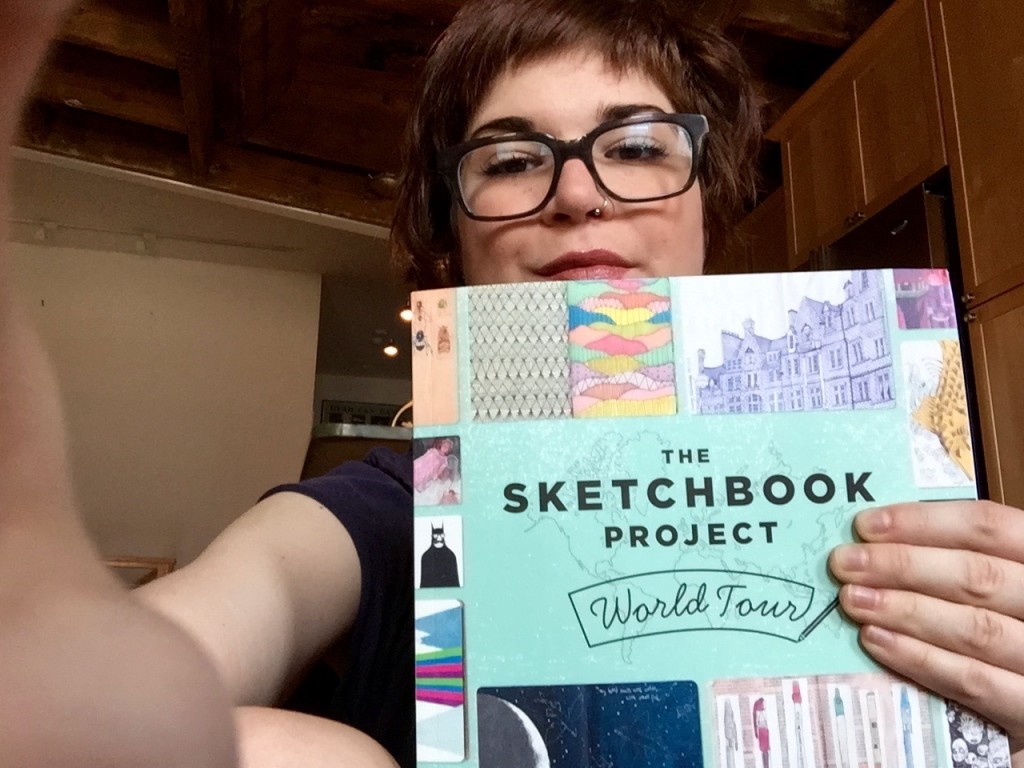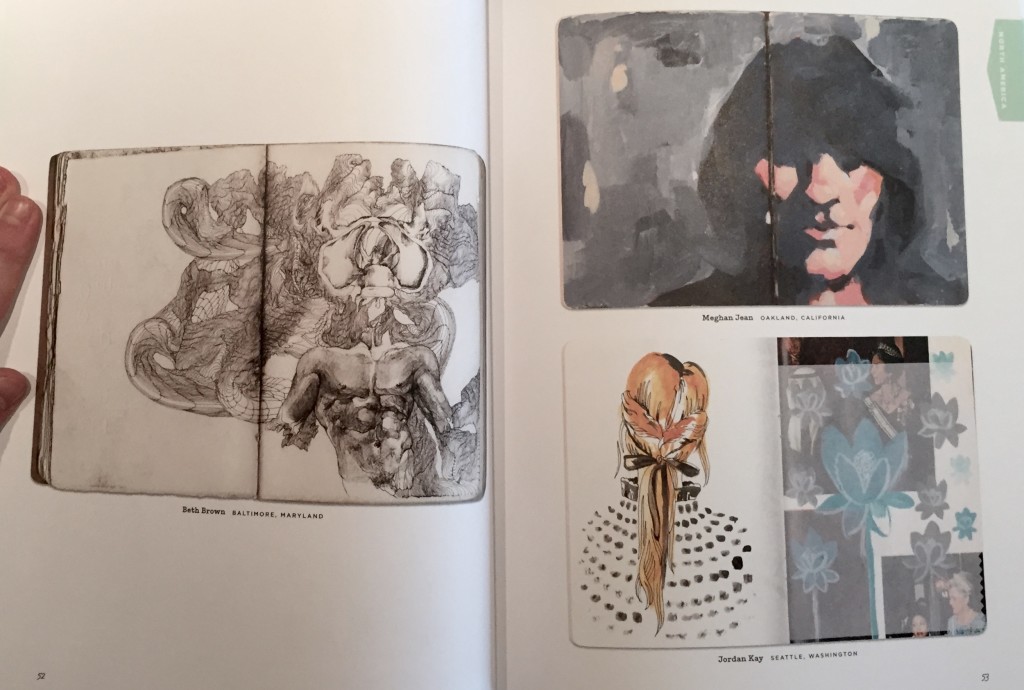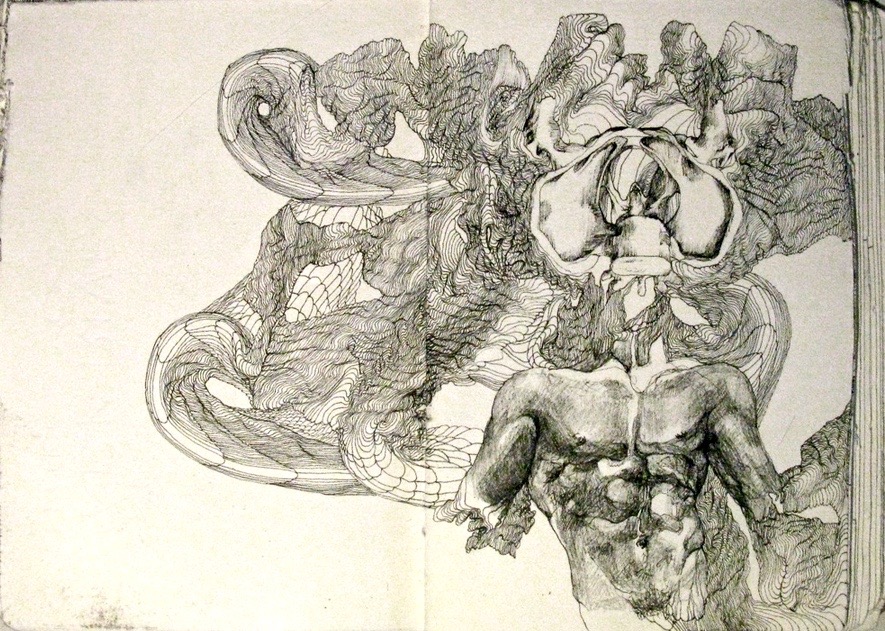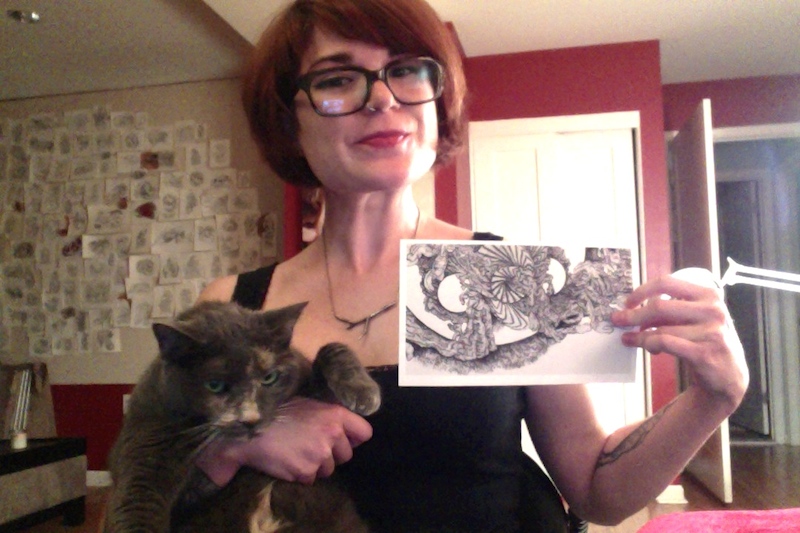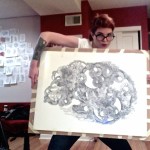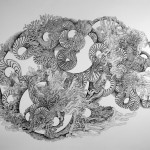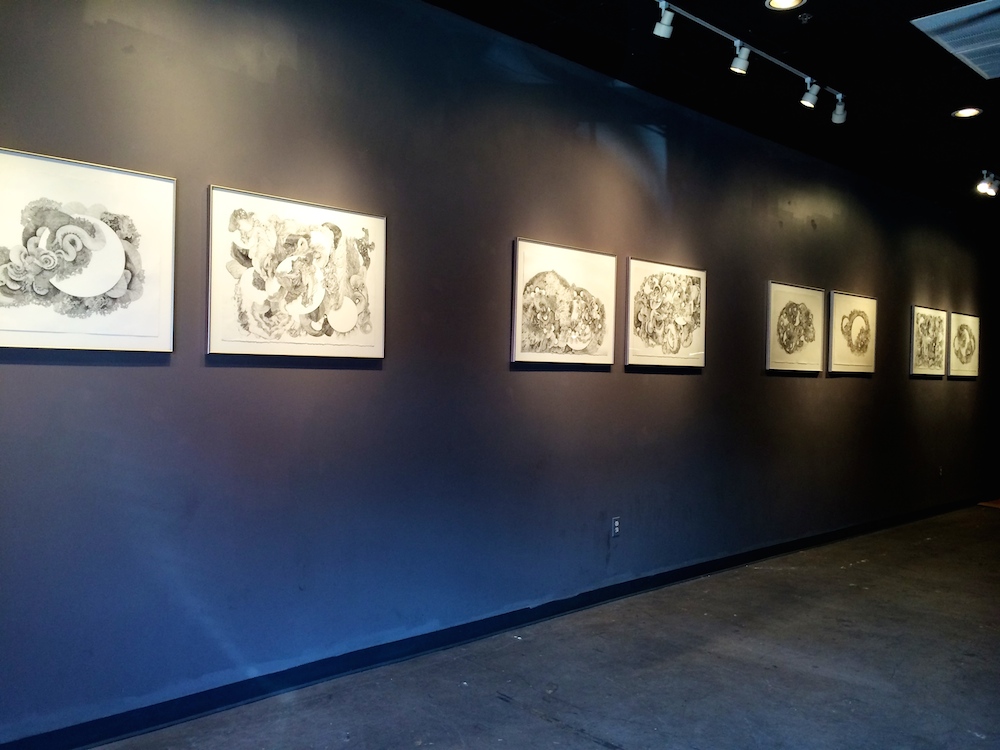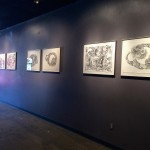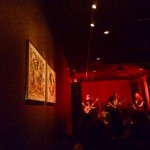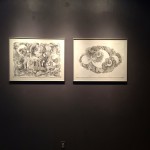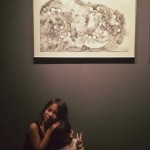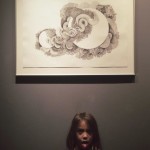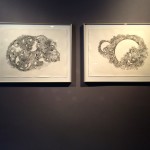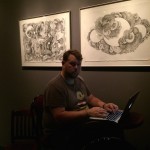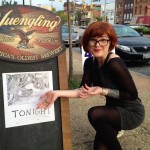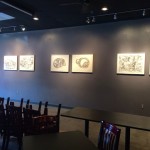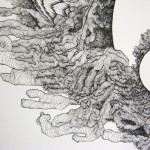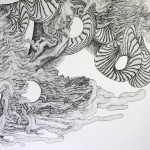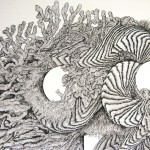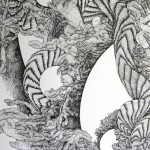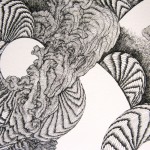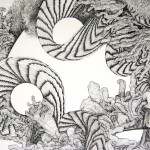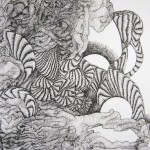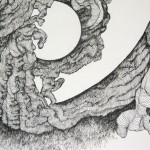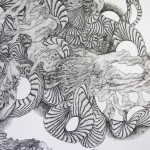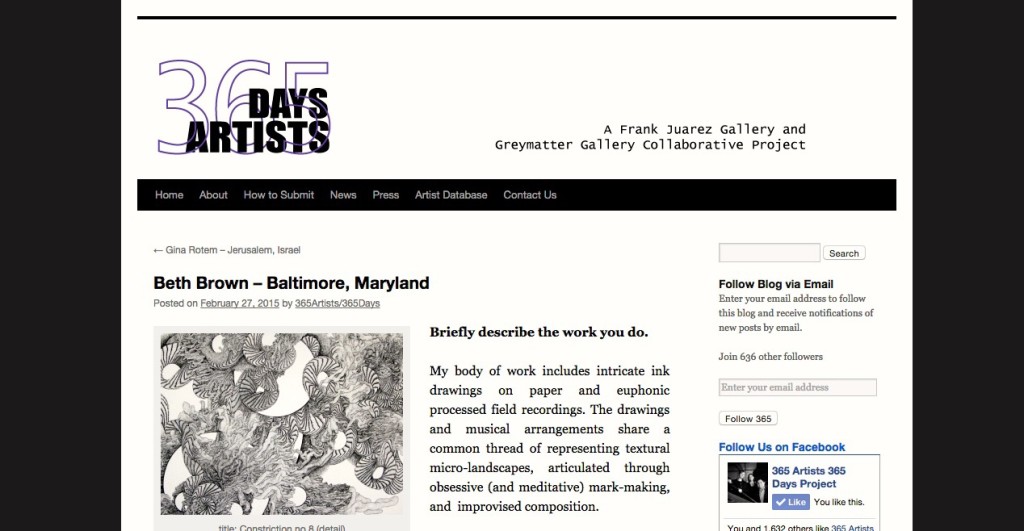
YOU GUYS. My interview with 365artists/365days is up. Go read it on the site OR right here….
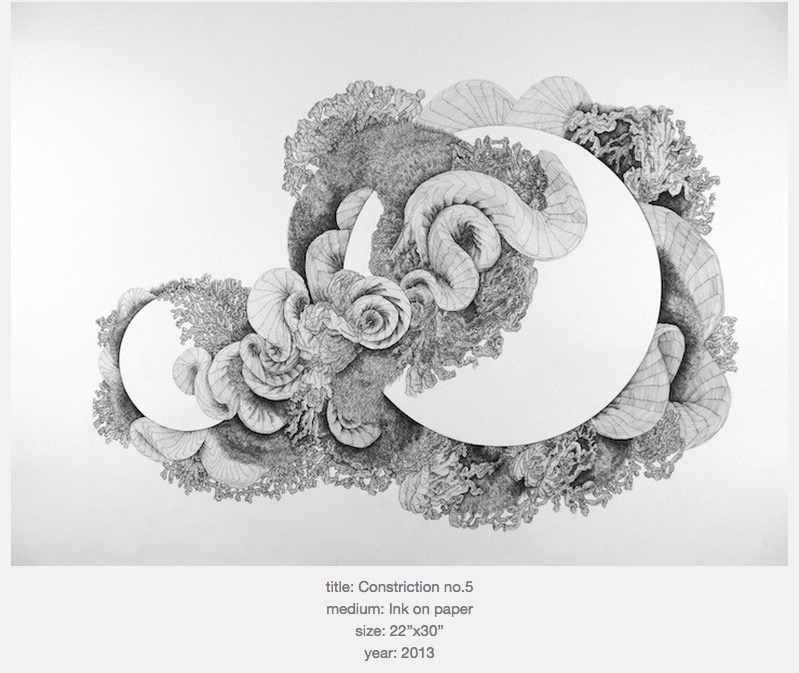
F: Briefly describe the work you do.
B: My body of work includes intricate ink drawings on paper and euphonic processed field recordings. The drawings and musical arrangements share a common thread of representing textural micro-landscapes, articulated through obsessive (and meditative) mark-making, and improvised composition.
F: Tell us about your background and how that has had an influence on your work and on you as an artist.
B: When I was little, I began to stay up until dawn drawing people, patterns, and patterns in people while blasting music through my headphones. I love drawing. I always have. But once I became a teenager, in order to stand out from my peers, (besides dyeing my hair funny colors and listening to Post Punk) I set aside my fancy pens and paper and started figure painting in oils. Drawing became a means to an end.
Folks said I was pretty good at rendering people in oils, so I assumed it was my calling. In retrospect, it’s totally counterintuitive because I was trying to be an individual, but by doing what others expected of me. So I struggled with the preparation, mess, slow drying time, expenses, and cumbersome canvases until the age of 21. Then I started making dumb drawings with my college friends while we drank beer and smoked too many cigarettes. Gradually, I started drawing on my own and I remembered how natural it felt. My paintings became more abstract and I began incorporating patterns over the figures. It was the summer before my senior year when BAM! I stopped painting. Everyone thought I dropped out because my senior thesis was just a huge drawing/sound installation.
It was pretty scary at first, discarding an entire body of work and starting anew. Scary, but liberating. I still tried to include figures into my drawings, but found I was having more fun with the textures and geometric shapes. I ousted those too. Life’s too short to fight what you love.
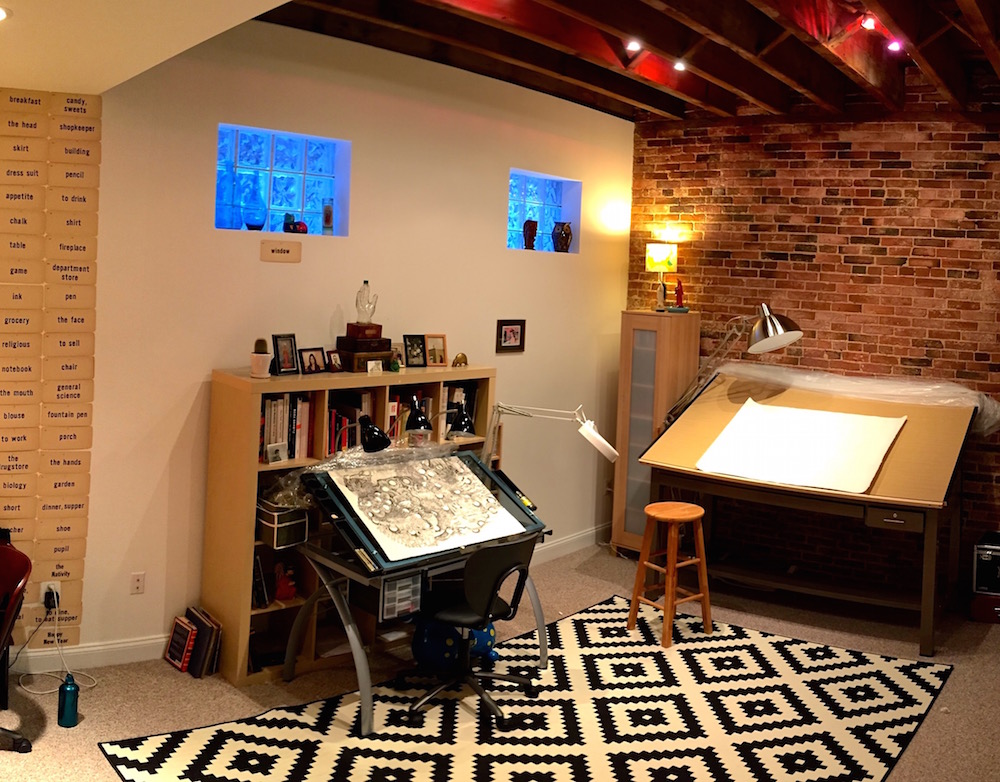
F: The concept of the artist studio has a broad range of meanings in contemporary practice. Artists may spend much of their time in the actual studio, or they may spend very little time in it. Tell us about your individual studio practice and how it differs from or is the same as traditional notions of “being in the studio.”
B: I literally lived in my studio until I moved a couple months ago. Now I sleep and eat in different parts of the house but still spend 80% of my time in my private space. My studio isn’t solely for my practice as a visual artist. I have all my gear for making electronic music and turntable down here…and I do mundane things like send emails, pay bills, and buy records from Discogs. Actually, I guess I still do live in my studio. What can I say? Old habits die hard. I think I need to be close to my work because, when I take breaks from life, I can either work or just spend time with my pieces; figure out the next plan of attack or put my ‘In Session’ sign on the door and kick out the jams for seven hours.
F: What roles do you find yourself playing that you may not have envisioned yourself in when you first started making art?
I never expected to become a musician. I’ve always had a perpetual soundtrack to my days…and nights. I sleep with headphones on actually. (Although, I do get down to some Cage 4’33” now and then.) Needless to say, I am a slave to music. So it would make sense that I’d become a musician right? Nope. When I was younger, I’d perform in musicals and choir, and even took voice lessons for many years. It was TERRIFYING singing someone else’s material. I felt I could never perform a piece that would do the artist’s intent justice. Maybe I was being hard on myself, but hey, that’s how I felt. My senior year, when I experienced that insane paradigm shift in my work, I randomly started screwing around with some free DAW’s and decided to take a Sound class to fulfill my required digital elective. I made some of my first compositions and even included one for my senior thesis. A year later, I released an album, was awarded a grant, have been featured on many comps, and perform around Baltimore. Crazy.
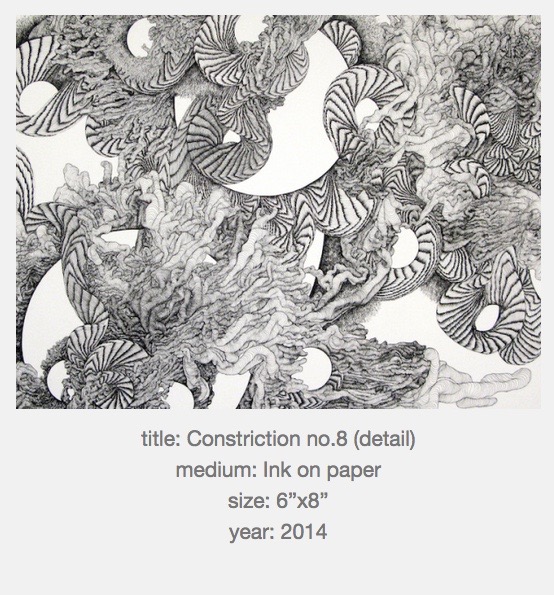
F: When do you find is the best time to make art? Do you set aside a specific time everyday or do you have to work whenever time allows?
B: I’ve always worked best at night because I know I’ll have completely uninterrupted, sublime, and delectable solitude. Unfortunately, it’s always negatively affected my performance during daylight hours. My teachers used to tell me I work really hard and produce great results, but I am a terrible student. All those late nights in the studio really take a toll on your punctuality and attendance. Thank goodness I’m not battling dawn for my degree anymore.
F: How has your work changed in the past five years? How is it the same?
B: For the sake of brevity, I won’t go into much detail since I basically explained how my work has changed in the previous response regarding my background. All I’ll say is that I am finally on a path I’ve always wanted and needed to follow.
F: How have people such as family, friends, writers, philosophers, other artists or even pop icons had an impact on the work you do?
B: I am extremely fortunate in that I come from a family of creatives whom have been nothing short of cheerleaders for me and my aspirations. Two of my great great aunts were successful sculptors and photographers, my great grandfather was a famous architect and designer in upstate New York, my grandmother was a notable painter who sold a piece to the Rockefeller family, my sister has a background in dancing, and my mother is a very talented writer and painter. My father was an electrical engineer, scientist, and inventor who had fifteen patents attributed to his life’s work. He dabbled in blacklight paintings and (although he didn’t know it at the time) created light and sound installations. Really psychedelic stuff. For his work, he’d do these incredibly detailed hand drawn schematics that I found to be so captivating for their complexity and cryptic ideograms. As I said, I am so lucky to have had such a creative heritage.
F: Have you ever been pulled in the direction of a pursuit other than being an artist? What are your other interests?
B: In college I pursued a triple minor in curatorial studies, creative writing with a focus on poetry, and art history. I guess I can still utilize any of three if I muster up the will. I’ve often daydreamed about becoming a music or art critic or maybe even a teacher. I’m too much of a people pleaser to crit anyone’s work beyond that of my friends and acquaintances and don’t want to have to deal with kids who are worse students than I was. So those three are pretty unrealistic. Another entirely quixotic (and lesser known) wish I’ve had since adolescence is to become a neurosurgeon. Perhaps I satisfy that desire with the amount of dexterity required for my work…and I’ve been told parts of my drawings look like scrambled brains. In truth, I’d never trade my studio practice for anything of those things. As I said earlier, don’t fight what you love.
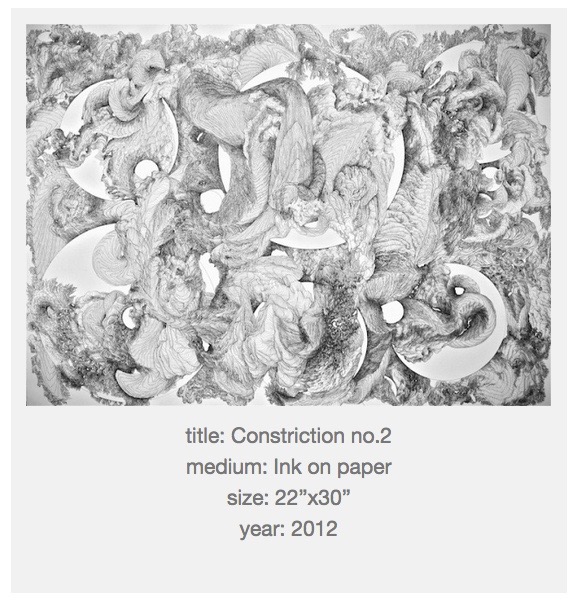
About
Beth Brown is a visual artist and experimental musician practicing in Baltimore, MD. She was born and attended school in Houston, TX where she started to show an interest in drawing, music, and storytelling. At the age of three, Brown began spending her weekends in a remote part of East Texas and utilized the solitude to pursue her interests. The prolonged shifting between city and country landscapes inspired her to capture the differing shapes, patterns, sounds, and narratives on paper and field recording based musical compositions.
In 2007, Brown attended the Maryland Institute College of Art in Baltimore, MD to pursue a BFA in painting. After three years of tutelage in figure painting, her work went in an entirely different direction and focused on her first loves; drawing, music, and storytelling. She graduated in 2011 and shortly thereafter released her first album and won a grant for her experimental music compositions and phonography. Her visual art has been featured in exhibitions across the United States and publications including Manifest Gallery’s 9th International Drawing Annual, Visual News, Forage Press, The Sketchbook Project’s World Tour, and Juxtapoz. Critics have called her work “a beautiful phenomenon” and “iconic across mediums.” She plans to further her career as a visual artist and musician through releasing another album and expand her body of work.
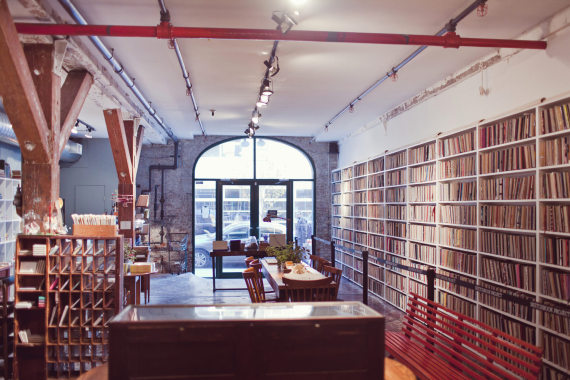
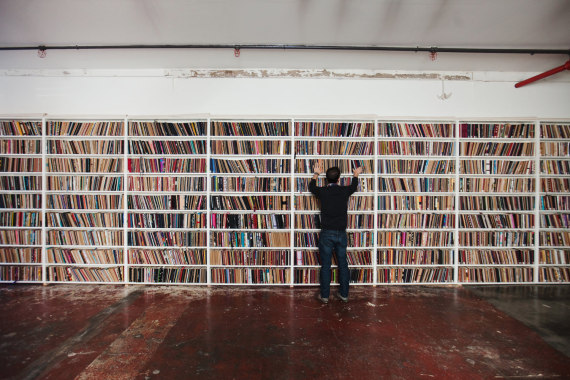
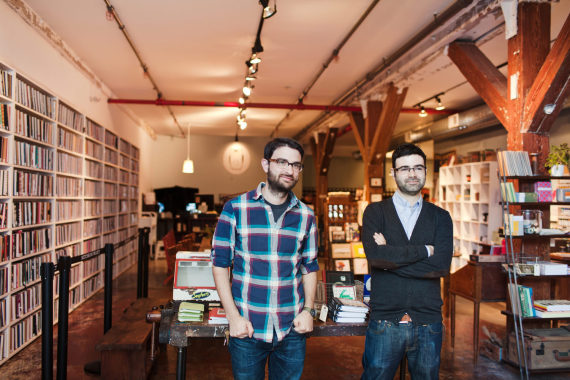
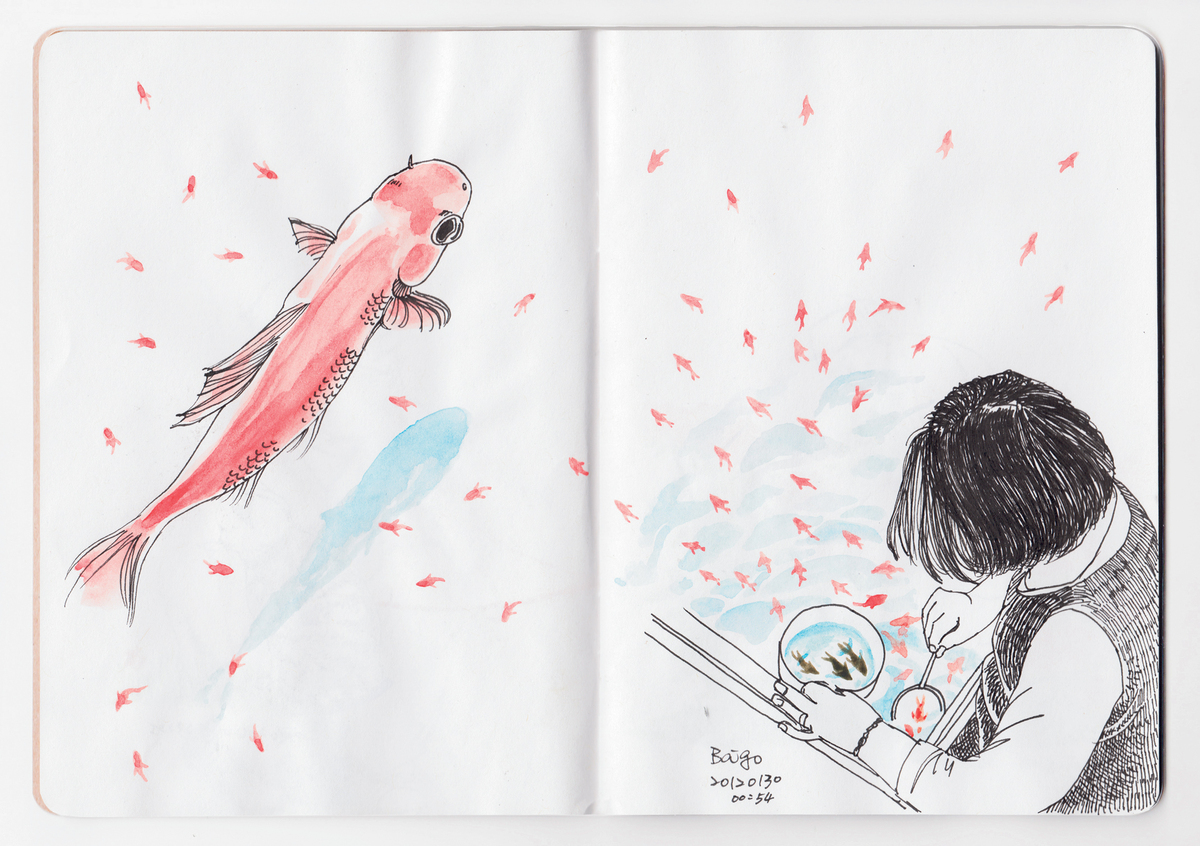 Baigo Liao
Baigo Liao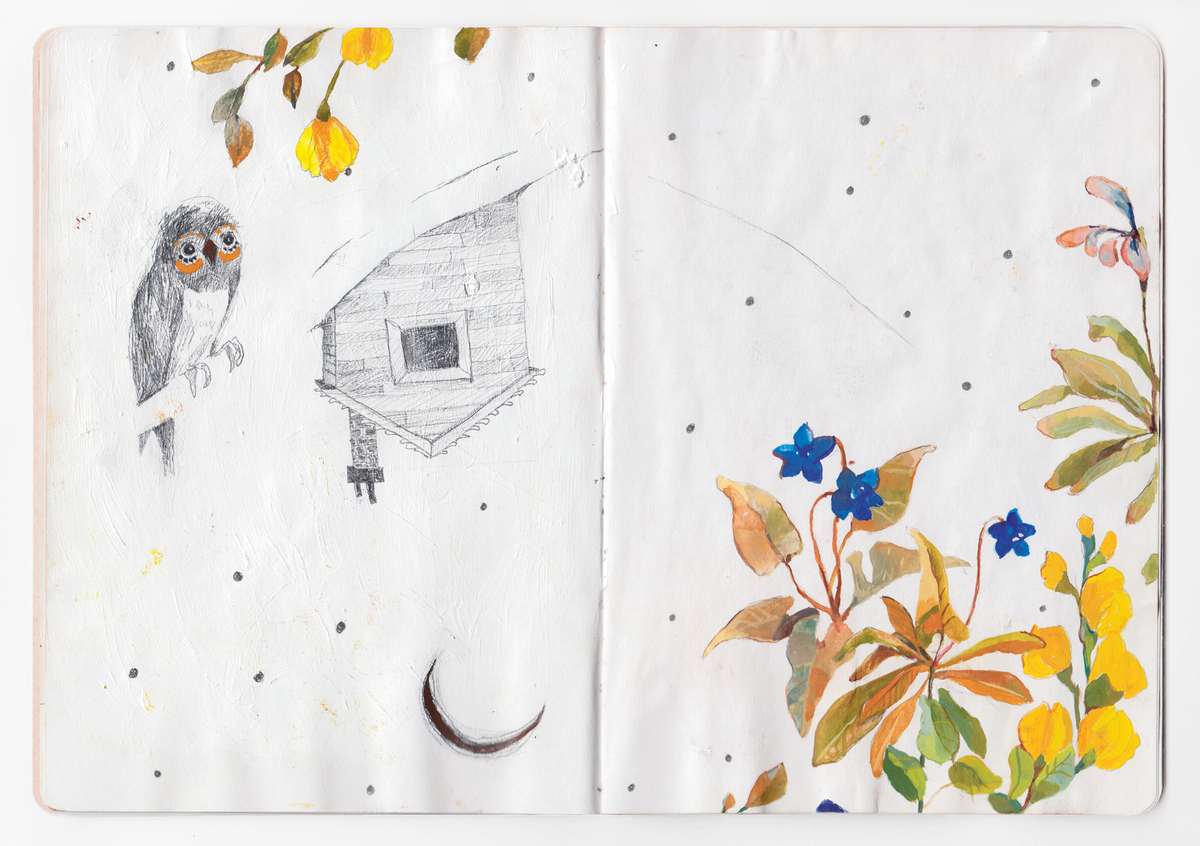 Jenny Lumelsky
Jenny Lumelsky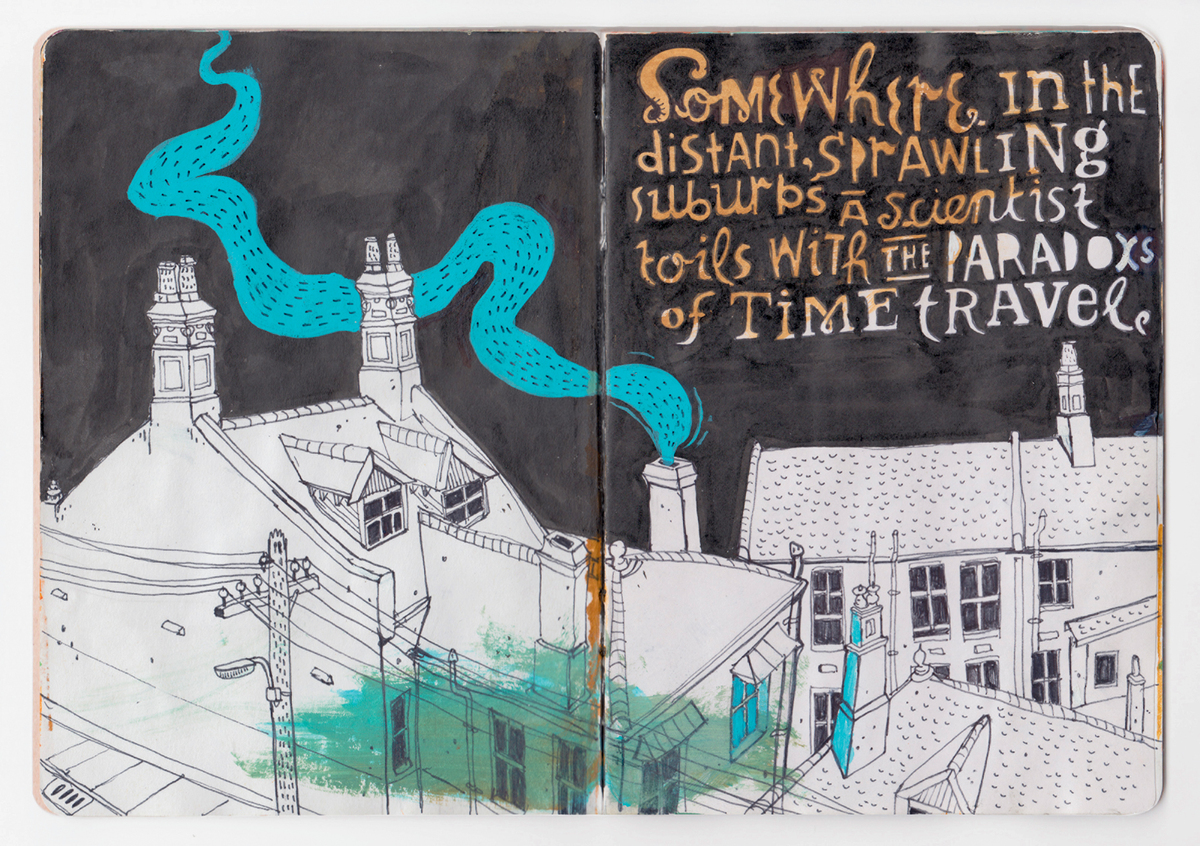 Lobsterboy
Lobsterboy Par Bostrom
Par Bostrom Julia Yellow
Julia Yellow Carlos Campos
Carlos Campos Stephanie Marihan
Stephanie Marihan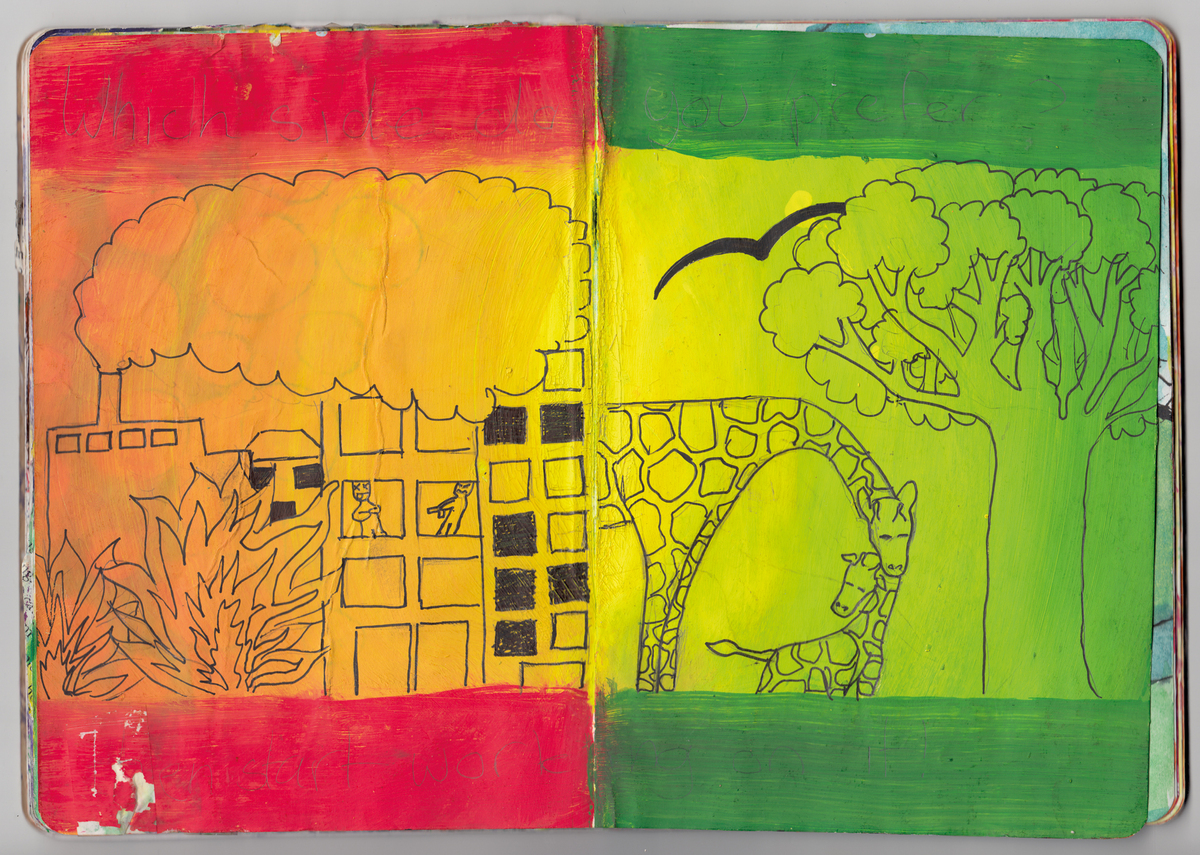 Unnamed
Unnamed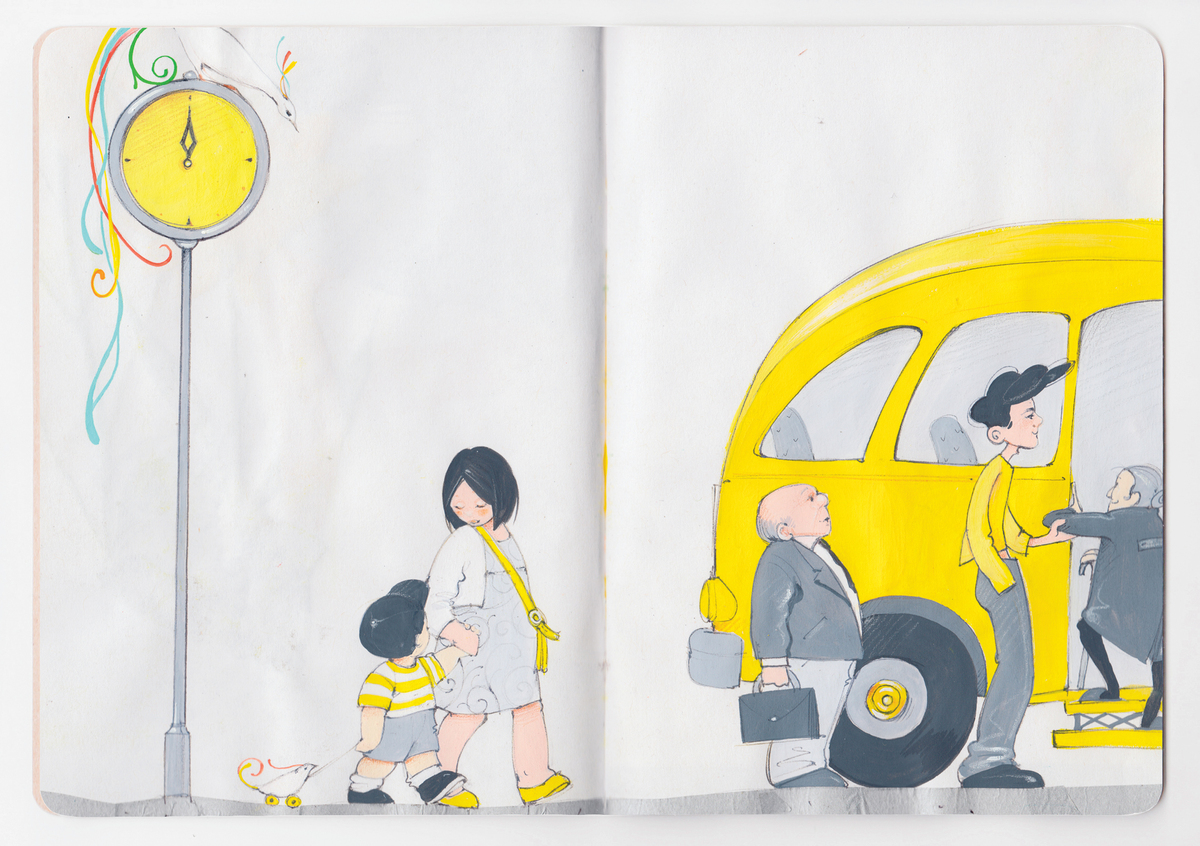 Manfroi Patrizia
Manfroi Patrizia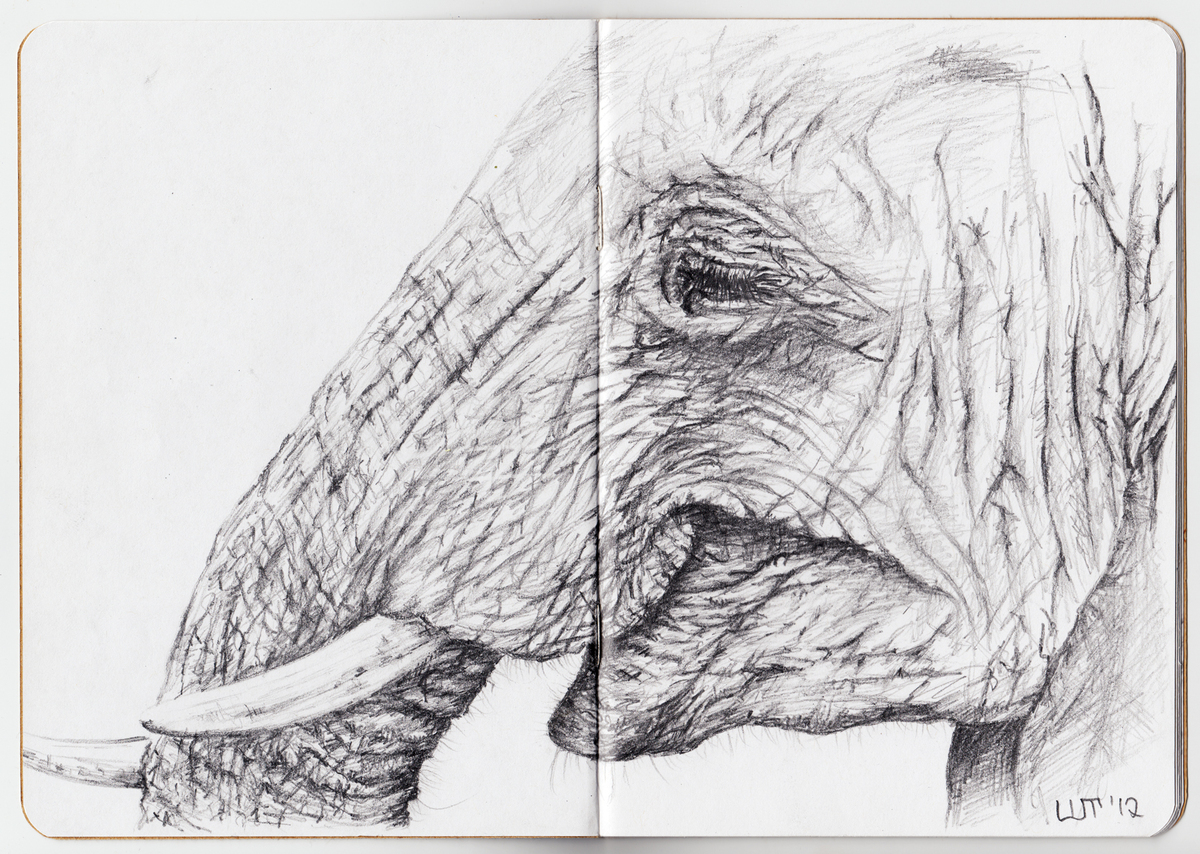 Warren Thompson
Warren Thompson
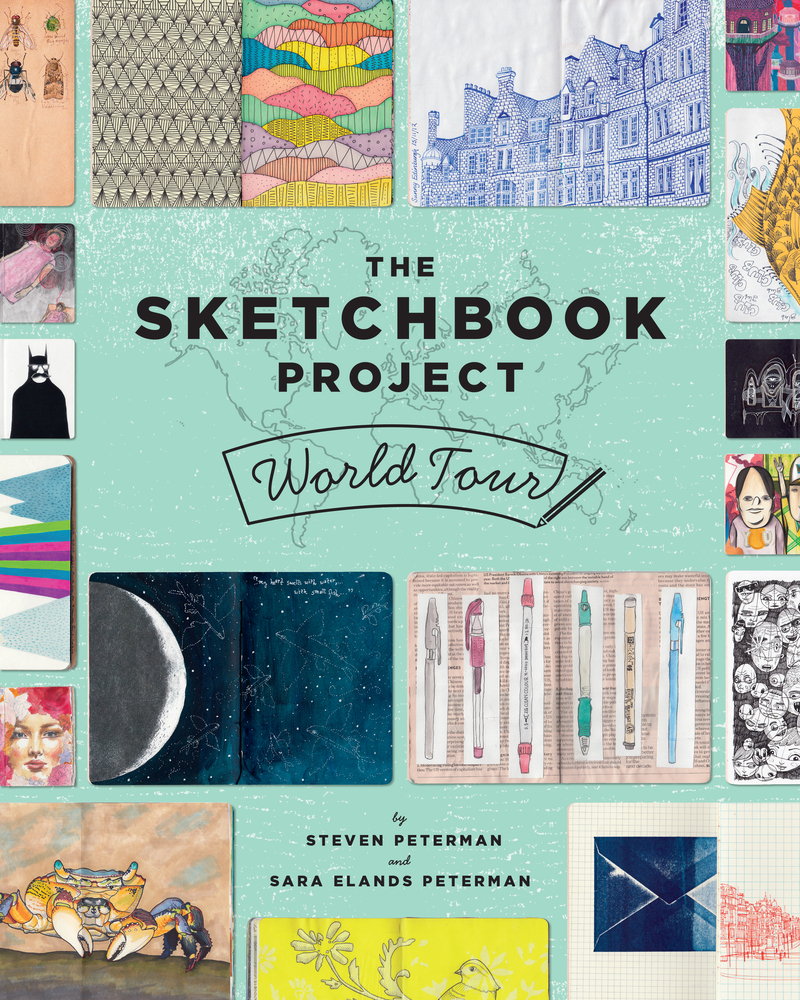
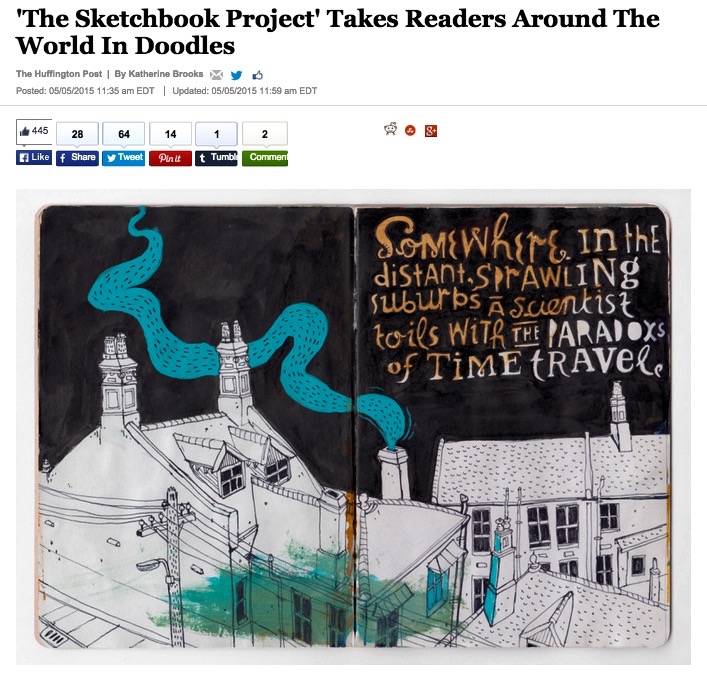
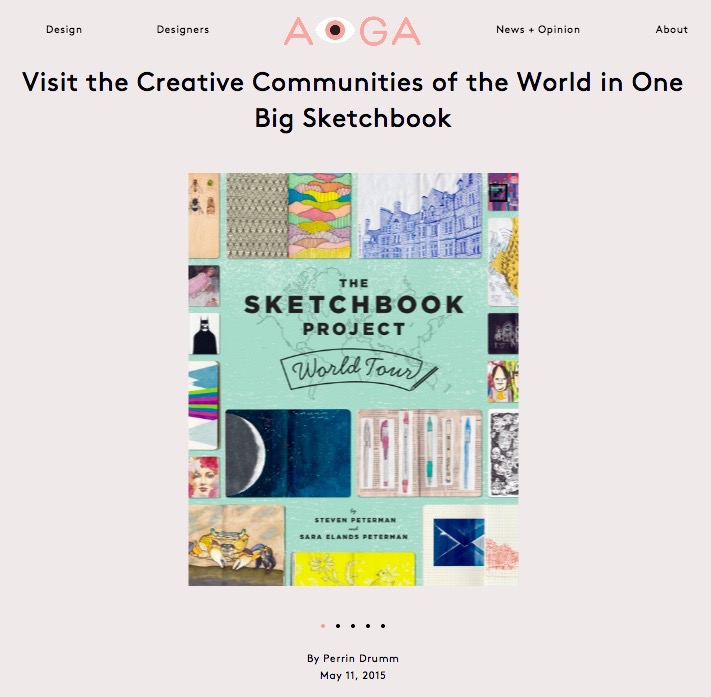









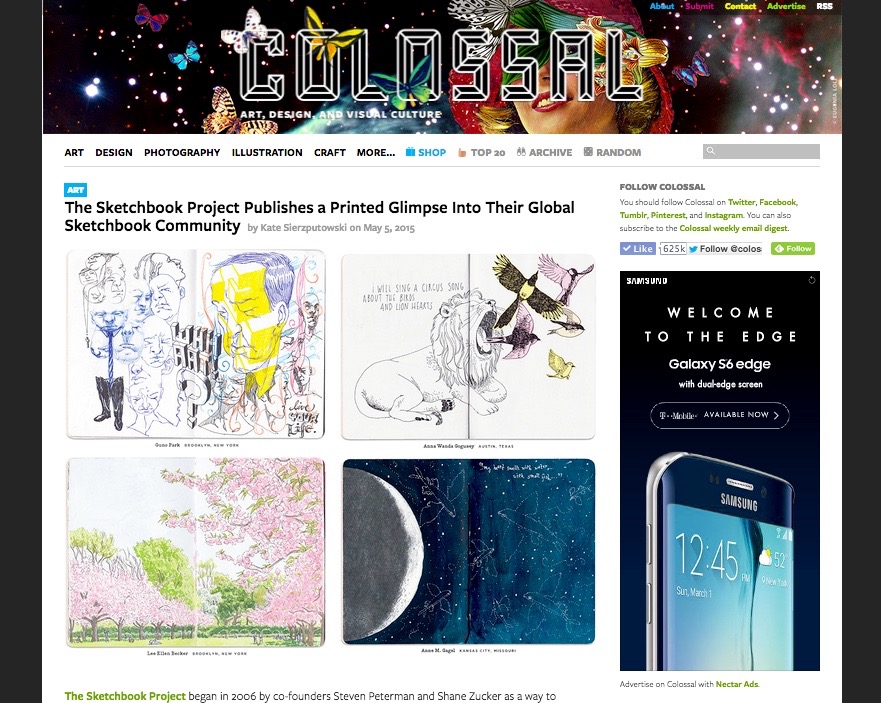




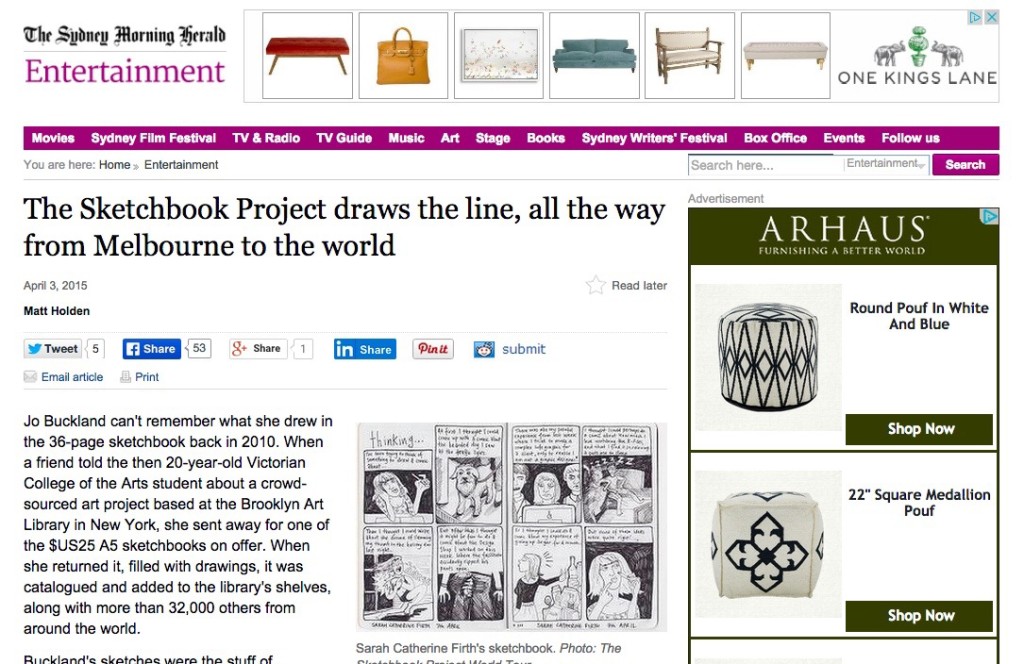

 (Left: Elizabeth Banfield’s sketchbook. Photo: The Sketchbook Project World Tour)
(Left: Elizabeth Banfield’s sketchbook. Photo: The Sketchbook Project World Tour) (Left: Bec Feiner’s sketchbook. Photo: The Sketchbook Project World Tour)
(Left: Bec Feiner’s sketchbook. Photo: The Sketchbook Project World Tour)
 (Left: Jo Buckland’s sketchbook. Photo: The Sketchbook Project World Tour)
(Left: Jo Buckland’s sketchbook. Photo: The Sketchbook Project World Tour) (Left: Deb Taylor’s sketchbook. Photo: The Sketchbook Project World Tour)
(Left: Deb Taylor’s sketchbook. Photo: The Sketchbook Project World Tour) (Left: Cover of The Sketchbook Project)
(Left: Cover of The Sketchbook Project)